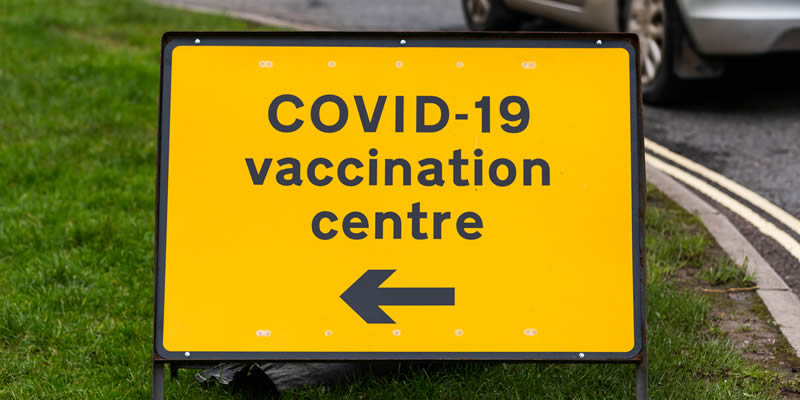Exposure to green spaces has been linked with a lower racial disparity in COVID-19 infection rates, researchers have said.
Previous studies have found that parks and gardens can improve mental wellbeing and improved cognitive performance, while also increasing physical activity levels. But this is the first time a research team has looked at how outdoor space might impact coronavirus infection rates.
- Caffeine found to temporarily impact brain grey matter
- Eyesight warning over increased screen time use during lockdown
For this study, 135 of the most urbanised counties in America were identified. Collectively they had a total population of 132,350,027, representing 40.3 per cent of the entire country’s population.
Infection data from late January to July 10, 2020were collected and used it to calculate the infection rates among Black and white residents of the counties.
On average coronavirus rates were more than twice as high among black communities when compared to white people, the information suggested.
One of the head researchers Professor William Sullivan, a landscape architecture professor at the University of Illinois Urbana-Champaign, said: “In many, many counties, Black folks have less access to green space than white folks do. In counties with more green space, that disparity may be less, and it may help account for some of the positive benefits we’re seeing.”
It has been well documented that COVID-19 is spread through aerosol particles. The risk is much greater in indoor, confined settings with little ventilation. This study suggests that green space is more likely to attract people so they spend more time outside.
- American researchers find double masking better prevents COVID-19 spread
- People who wear face coverings are more likely to social distance and wash hands
Fellow lead researcher Bin Jiang, a landscape architecture professor at the University of Hong Kong, added: “We also think the racial disparity issue is not just an American issue. It’s an international issue.
“One of the things the pandemic has helped us understand is that the built environment has real implications for the spread of disease and for our health. The design of landscape in cities, in neighbourhoods, in communities also has really important ways it can contribute to or detract from health and well-being.
“There is a lot of competition for investment of public dollars. Lots of times, investments in parks and green spaces are prioritised lower. People think it makes a place look pretty and it’s a place to go for walks. What we’re finding is these kinds of investments have implications for health and well-being.”
The study has been published in the journal Environment International.








